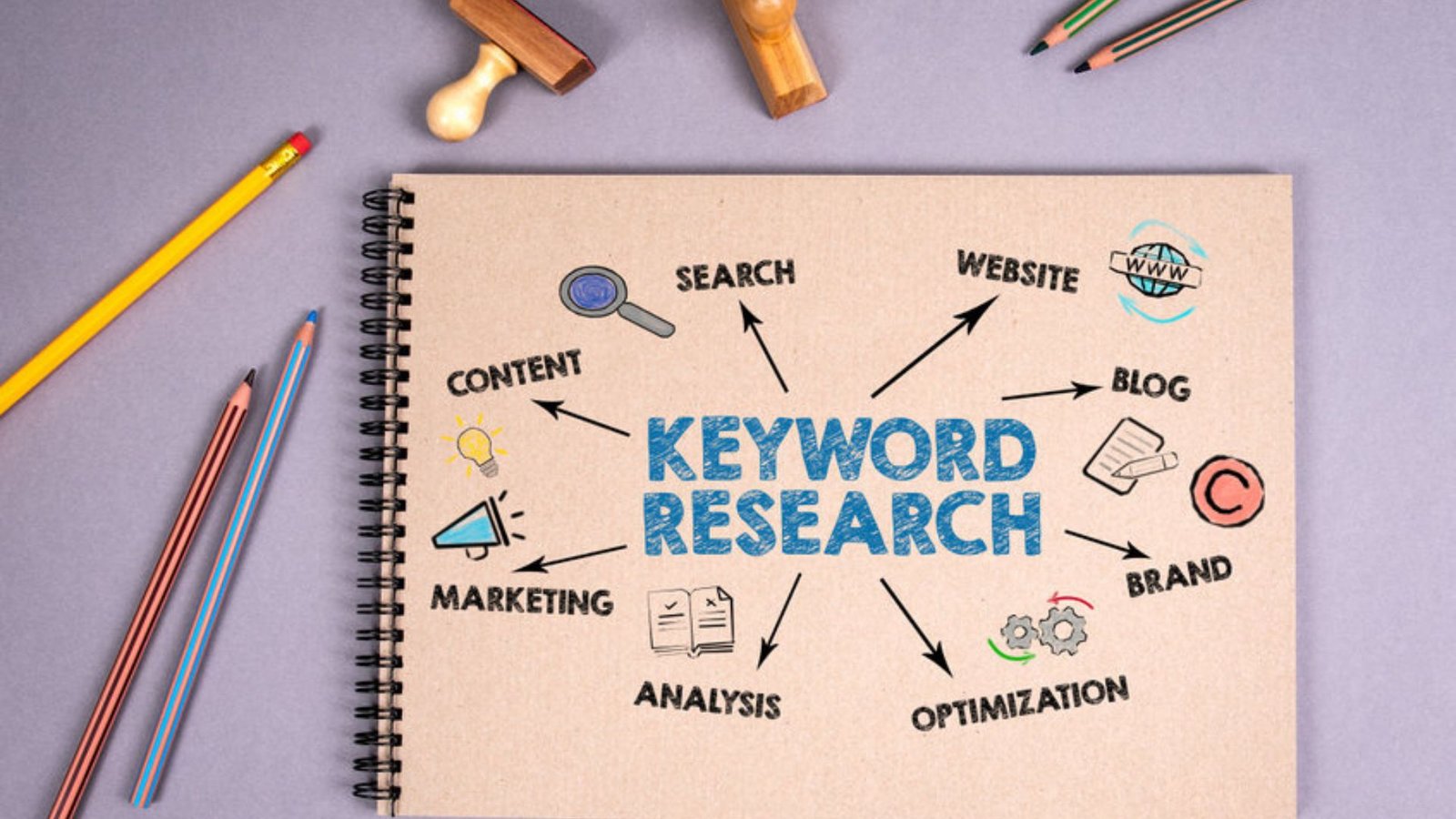Paid search marketing has long been a cornerstone of digital advertising, but it’s evolving rapidly. As technology advances and consumer behavior shifts, the landscape of paid search is transforming. Understanding these changes can help you stay ahead and optimize your strategies. Here’s a look at the future of paid search marketing and what to expect.

1. Increased Use of Artificial Intelligence
AI-Powered Ad Targeting
- Enhanced Personalization: AI algorithms are becoming increasingly sophisticated in analyzing user behavior and preferences. This allows for more precise ad targeting and personalization, improving ad relevance and engagement.
- Predictive Analytics: AI can predict future trends and user behavior based on historical data. This helps marketers make informed decisions and optimize campaigns proactively.
Automated Bidding and Optimization
- Smart Bidding: Platforms like Google Ads offer smart bidding strategies powered by AI, which automatically adjust bids based on real-time data. This maximizes conversions and ROI without manual intervention.
- Dynamic Ad Creation: AI can generate and test multiple ad variations to identify the most effective combinations. This streamlines the ad creation process and enhances performance.
2. Growth of Voice Search
Impact on Keywords and Ad Strategies
- Conversational Keywords: With the rise of voice-activated devices, users are searching with natural, conversational phrases. Marketers will need to adapt their keyword strategies to include long-tail and question-based keywords.
- Voice Search Optimization: Optimizing for voice search involves creating content that answers common questions and aligns with voice search queries. This will be crucial for maintaining visibility in voice search results.
Integration with Voice Assistants
- Voice Assistant Advertising: As voice assistants like Amazon’s Alexa and Google Assistant become more popular, opportunities for voice-based advertising are expanding. This could include sponsored results and branded responses in voice interactions.
- Enhanced User Experience: Voice search offers a hands-free, user-friendly experience, which can lead to higher engagement and more targeted ads.
3. Advancements in Mobile Advertising
Mobile-First Approach
- Mobile Optimization: With a growing number of users accessing search engines via mobile devices, ensuring that ads and landing pages are mobile-friendly is essential. This includes fast load times, responsive design, and mobile-optimized content.
- App Promotion: Mobile apps are becoming a significant focus for paid search campaigns. Strategies will increasingly include app install ads and in-app advertising to drive user acquisition and engagement.
Location-Based Targeting
- Geotargeting: Advances in location technology allow for more precise geotargeting. This means ads can be tailored based on users’ real-time locations, leading to more relevant and timely offers.
- Proximity-Based Advertising: Businesses can use proximity-based advertising to reach users within a specific radius of their physical locations, enhancing local relevance and driving foot traffic.
4. Increased Emphasis on Privacy and Data Security
Compliance with Privacy Regulations
- Data Protection Laws: With stricter data protection regulations such as GDPR and CCPA, marketers need to ensure compliance with privacy laws. This includes transparent data collection practices and obtaining user consent.
- Cookie-less Future: As browsers phase out third-party cookies, marketers will need to adopt new strategies for tracking and targeting. This might include first-party data collection and privacy-focused advertising solutions.
Focus on Ethical Data Use
- User Trust: Building and maintaining user trust will be critical. Transparent data practices and ethical use of personal information will become increasingly important in the paid search landscape.
- Alternative Tracking Solutions: Explore alternative tracking methods such as contextual targeting and server-side tracking to adapt to the changing privacy landscape.
5. Integration of Augmented Reality (AR) and Virtual Reality (VR)
AR and VR in Ads
- Interactive Experiences: AR and VR technologies offer immersive and interactive ad experiences. For example, users can visualize products in their own space using AR or explore virtual showrooms.
- Enhanced Engagement: These technologies can enhance user engagement and provide unique ways to showcase products, potentially leading to higher conversion rates.
Adoption and Integration
- AR Ad Formats: Expect to see more ad formats incorporating AR, such as interactive product demos and virtual try-ons. Brands will increasingly leverage these formats to create memorable and engaging ad experiences.
- VR Advertising: While still emerging, VR advertising offers opportunities for creating fully immersive experiences. Brands may use VR to offer virtual tours or interactive experiences.
6. Evolution of Search Engine Algorithms
Algorithm Updates
- Increased Complexity: Search engine algorithms are becoming more sophisticated, focusing on user intent, content quality, and relevancy. Staying updated with algorithm changes and adapting strategies accordingly will be essential.
- Focus on Quality Content: High-quality, relevant content that addresses user needs will be increasingly rewarded. This means investing in content creation and optimization to maintain visibility in search results.
SEO and Paid Search Integration
- Synergistic Strategies: Combining SEO with paid search strategies can provide a holistic approach to digital marketing. Aligning keywords, content, and messaging across both channels can enhance overall performance and visibility.
7. Rise of Social Search Integration
Social Media Platforms
- Social Search Features: Social media platforms are integrating search functionalities, allowing users to search for products and services directly within the platform. This opens up new opportunities for paid search advertising on social networks.
- Social Commerce: With the growth of social commerce, advertisers can leverage social media platforms to drive sales and engage with users through targeted ads and sponsored posts.
Cross-Platform Advertising
- Unified Strategy: Integrating paid search with social media and other digital marketing channels will be crucial for creating a cohesive and effective advertising strategy. This ensures a consistent message and maximizes reach.
Conclusion
The future of paid search marketing is shaped by advancements in technology, changing consumer behavior, and evolving privacy regulations. By embracing artificial intelligence, adapting to voice search, focusing on mobile and privacy, and exploring emerging technologies like AR and VR, marketers can stay ahead of the curve. Integrating these trends into your strategies will help optimize performance, enhance user experience, and achieve better results in the dynamic landscape of paid search marketing. Stay informed and adaptable to navigate the evolving digital advertising environment successfully.




